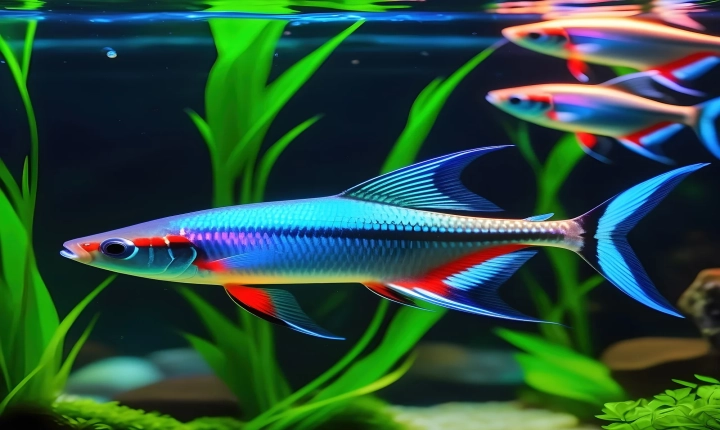Title: How to Ask AI What Things Look Like: A Beginner’s Guide
Are you curious about what things look like but lack the words to describe them? Are you visually impaired and looking for a way to access visual information? If so, you’re in luck – artificial intelligence (AI) can help! With the increasing capabilities of AI technology, it’s now possible to use AI to help describe and identify visual content. Whether it’s a beautiful sunset, a specific breed of dog, or a landmark you’re unable to see in person, AI can provide a description to help you visualize it.
Here’s a beginner’s guide on how to ask AI what things look like and how to get the most accurate and helpful responses.
1. Choose the Right Tool:
First, it’s important to find the right AI tool for your needs. There are various AI platforms and apps available that can help with visual recognition and description. For example, Microsoft’s Seeing AI app, Google Lens, and Amazon’s Rekognition are popular choices. Depending on your specific needs and preferences, you can explore these options to find the one that works best for you.
2. Provide Clear Input:
When interacting with AI to ask what things look like, it’s important to provide clear input. This can involve taking a well-focused photograph of the object, scene, or item you want to know more about. If you’re using a tool that requires verbal input, be sure to provide as much descriptive context as possible. This might include color, size, shape, and any other relevant details.
3. Ask Specific Questions:
When using AI to inquire about what things look like, be as specific as possible in your questions. Instead of asking “What is this?”, try to ask more targeted questions like, “Can you describe the breed of this dog?” or “What are the main colors in this painting?” Providing clear and specific questions can lead to more accurate and detailed responses from the AI.
4. Understand Limitations:
While AI technology has made great strides in visual recognition and description, it’s important to understand its limitations. AI might not always be able to provide 100% accurate descriptions, especially for complex or abstract images. Additionally, AI tools may struggle with identifying certain objects or scenes, so managing your expectations is key.
5. Seek Feedback and Verification:
After receiving a description from AI, it’s always a good idea to seek feedback and verification from others. If possible, show the description or image to someone you trust and ask for their input. This can help confirm the accuracy of the AI’s description and provide additional context that the AI might have missed.
Overall, using AI to ask what things look like can be a useful and empowering tool for individuals with visual impairments or anyone who simply wants to learn more about the world around them. By following these tips and being mindful of AI’s capabilities and limitations, you can make the most of this technology and gain a deeper understanding of the visual world.
